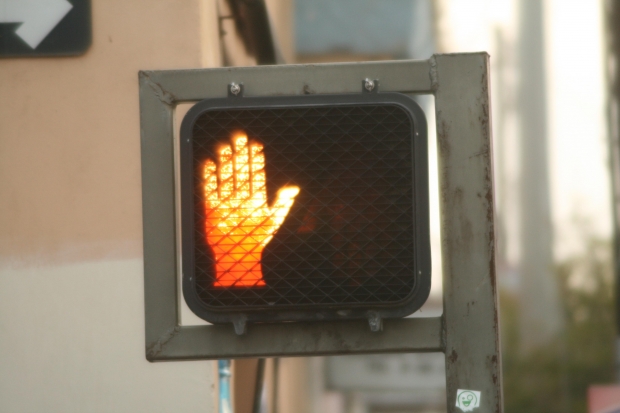One of the best parts of Florida is the ample opportunity to soak up the sun. Unfortunately for a few sunbathers, this relaxation ritual turned to horror when they were allegedly run over by a Ford F-150 driving along the beach. According to WSOC TV News, the accident involving three sunbathers occurred at a popular…
Continue reading ›Broward Injury Lawyer Blog
Many people enjoy going on cruise ships for vacations, and many of these ships leave from Florida. Fort Lauderdale is a major departure point for cruise lines, and many will fly to our city to leave from port. From Fort Lauderdale, you can head to the Caribbean, towards South America, Mexico, Canada, or you can…
Continue reading ›Multi-vehicle crashes can create a quagmire for injury lawyers, insurance companies and courts when it comes to issues of causation and fault. In some instances, the negligence of one driver is clear-cut. However, comparative fault by other motorists (as explained in F.S. 768.81) can affect who is responsible to pay for what and how much…
Continue reading ›Florida has one of the highest boating accident rates in the country, with the most recent data from the Florida Fish & Wildlife Conservation Commission (FWC) reporting 737 reportable accidents in 2015, resulting in 55 deaths and 438 injuries. These incidents resulted in $13.5 million in property damage alone – to say nothing of the…
Continue reading ›It’s not uncommon in situations where multiple vehicles crash on the same road in short succession that authorities and/ or insurance companies will find one or more drivers at-fault – even if the at-fault driver(s) didn’t directly strike the victim. The question is whether the person alleged to be at-fault took action that proximately caused…
Continue reading ›Recently, three tourists were injured in Fort Lauderdale after they were struck by a vehicle on Dania Beach Road. All three were family members on vacation from Utah. All were seriously injured, and one lost her foot. According to news reports, the trio were reportedly walking back to their hotel along Southwest 42nd Street after…
Continue reading ›Landlords of residential properties – like most all property owners – have a responsibility to ensure their site is in reasonably safe condition for both tenants and visitors. F.S. 83.51 requires that landlords to comply with all applicable building, housing and health codes and make sure all exterior walls, foundations, steps, porches, floors, doors and…
Continue reading ›Approximately 15 million Americans have food allergies, according to Food Allergy Research & Education, Inc., which further notes this potentially deadly condition affects 1 in 13 children under 18 (or two in every classroom). Approximately 90 percent of these allergies stem from milk, eggs, peanuts, tree nuts, fish, wheat, soy and shellfish. Every three minutes,…
Continue reading ›Proponents of tort reform are seizing on their opportunity with a GOP-controlled Congress to push forward with a series of measures that would make it harder to win medical malpractice and personal injury lawsuits, as well as to obtain just compensation. As The New York Times reported, one of those measures would impose new limits…
Continue reading ›Stem cell research holds a great deal of promise in addressing some of the most problematic conditions and ailments of humans. That said, it’s still a relatively new science, and treatments haven’t been thoroughly vetted. Initially, this spurred wild growth of stem cell “treatment” clinics in countries like Mexico and China, where medical standards can…
Continue reading ›





















